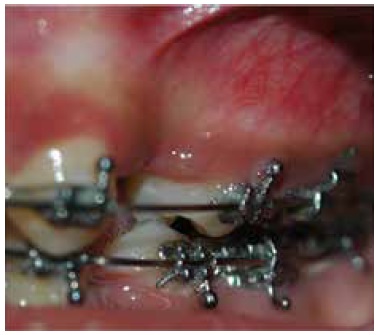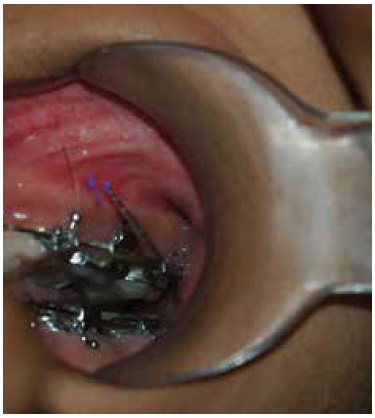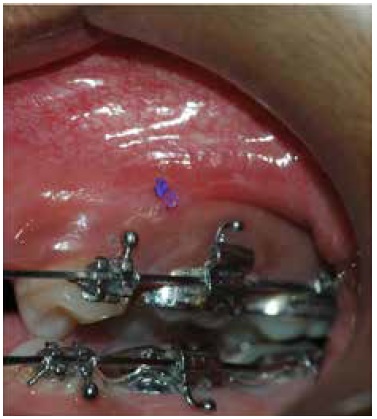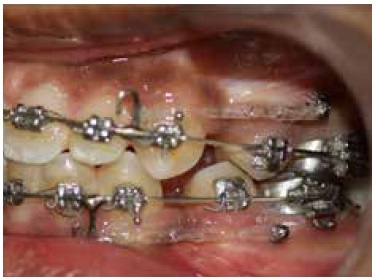Article
Micro-implants are a contemporary source of anchorage in difficult situations and the accurate placement of these micro-implants is the cornerstone of a successful treatment plan.
Optimal positioning has always been critical to the effectiveness of dental implants. The choice of location depends on the initial diagnosis, the purpose of the implant therapy, the proximity of adjacent structures, such as the mandibular nerve and maxillary sinus, and aesthetic factors.1
Although orthodontic micro-implants require a less complex surgical procedure than normal implants, the quantity of interproximal bone and the inclination and proximity of the adjacent tooth roots need to be evaluated, otherwise there is a risk of root perforation.1,2,3
A careful clinical and radiographic assessment before implant placement is therefore a necessity.3 In this article, the authors suggest the use of barium sulphate for radiographic localization of micro-implant placement position.
Barium sulphate is frequently used clinically as a radiological contrast agent for X-ray imaging and other diagnostic procedures. It is most often used in imaging of the GI tract. This can be made use of in micro-implant placement together with crystal violet or gentian violet, which is a histological stain. Crystal violet has antibacterial, antifungal, and antihelminthic properties and was formerly important as a topical antiseptic. It can be used for marking the attached gingiva to facilitate micro-implant insertion.
The authors have developed a simple, reliable and accurate method for placing micro-implants as a single-step procedure.
Procedure
Before placement of the micro-implant, radiographic localization of the area is undertaken:





Discussion
Various authors have proposed determining the implant position by utilizing customized surgical stents.4 Preparation of these stents can be time consuming and cumbersome. In contrast, the procedure described above has inherent advantages which include less chairside time and a simple, easy technique. The procedure can be repeated if the placement position has to be refined. The only potential disadvantage is that the angulation of placement of implant cannot be defined in the technique.
